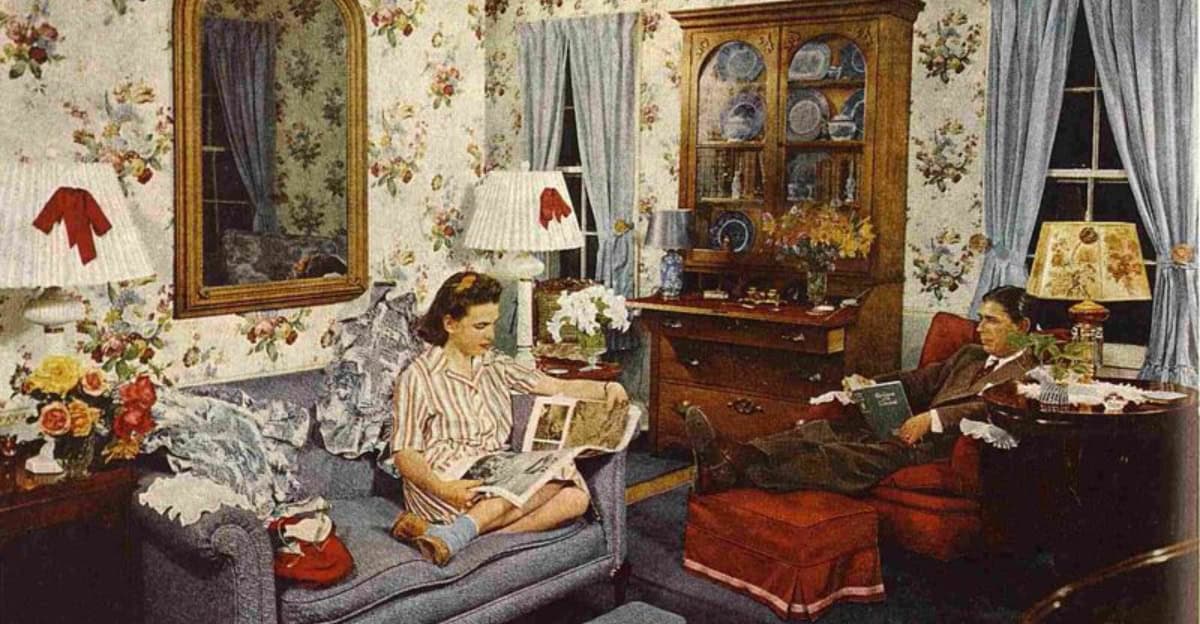Explore the fascinating evolution of US family homes through the decades, from the roaring 1920s to the modern 2000s.
Each era brought its own unique style, reflecting the social and economic conditions of the time.
Join us on a journey through history as we uncover how the American dream home has transformed over the years.
1. 1920s: The Roaring Twenties
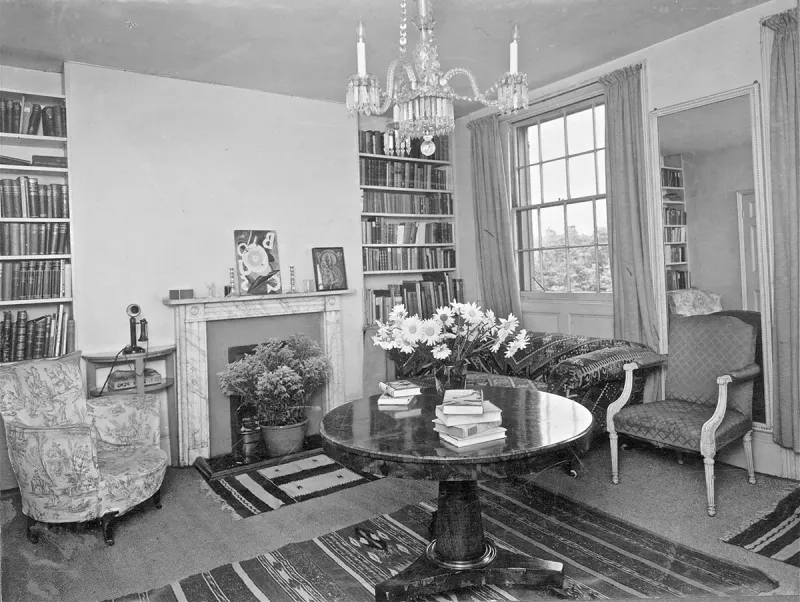
In the 1920s, American homes embraced the prosperity of the era. These homes often featured two stories, with gabled roofs and welcoming front porches. The architecture was a mix of Colonial Revival and Craftsman styles. Many families enjoyed the luxury of a separate dining room.
Interiors were often decorated with rich woodwork and built-in furniture, reflecting the middle-class prosperity. The use of new technologies like central heating made these homes more comfortable.
This was also the era when detached garages became popular, accommodating the family’s automobile, a symbol of newfound freedom.
2. 1930s: The Great Depression Era
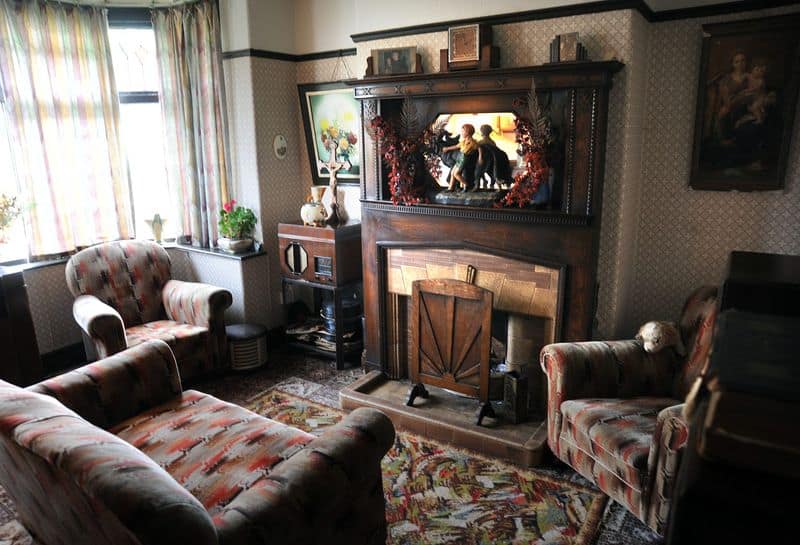
The 1930s were marked by economic hardship, influencing home design by prioritizing practicality. Many homes were smaller, single-story structures with simplified designs.
The interiors of these homes focused on functionality, with minimal ornamentation. Kitchens and living spaces were compact, yet efficiently designed.
Gardens became a staple, as growing food at home was essential. The era also saw a rise in multi-family dwellings, as extended families shared living spaces to reduce costs. Despite financial struggles, ingenuity and community spirit kept homes warm and welcoming.
3. 1940s: Post-War Revival
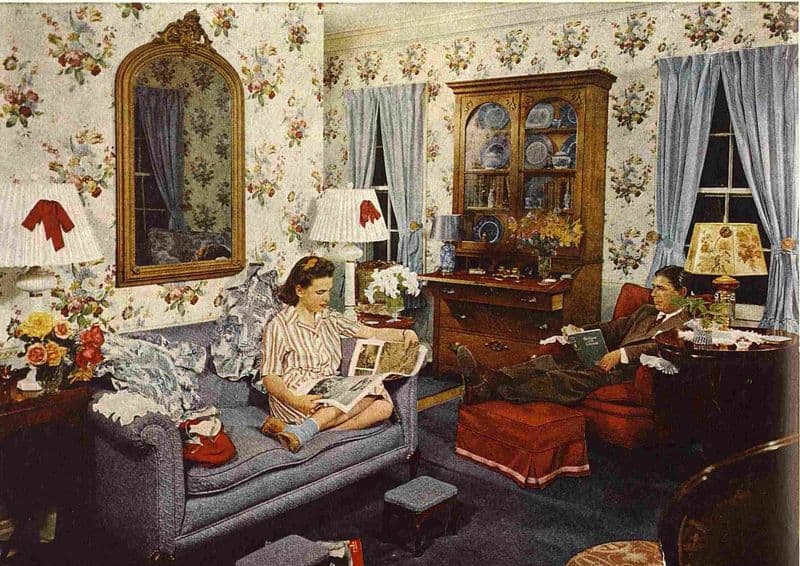
The 1940s brought a post-war revival, and homes reflected a sense of optimism. Suburban neighborhoods flourished with single-family homes.
These houses typically came with modest yards, perfect for the iconic white picket fence. Interiors were designed for family life, with separate bedrooms for children.
The style was simple yet charming, often featuring pastel colors and floral prints. The rise of consumer goods led to modern kitchens becoming the heart of the home, complete with new appliances like refrigerators and electric ovens, revolutionizing daily life.
4. 1950s: Mid-Century Modern
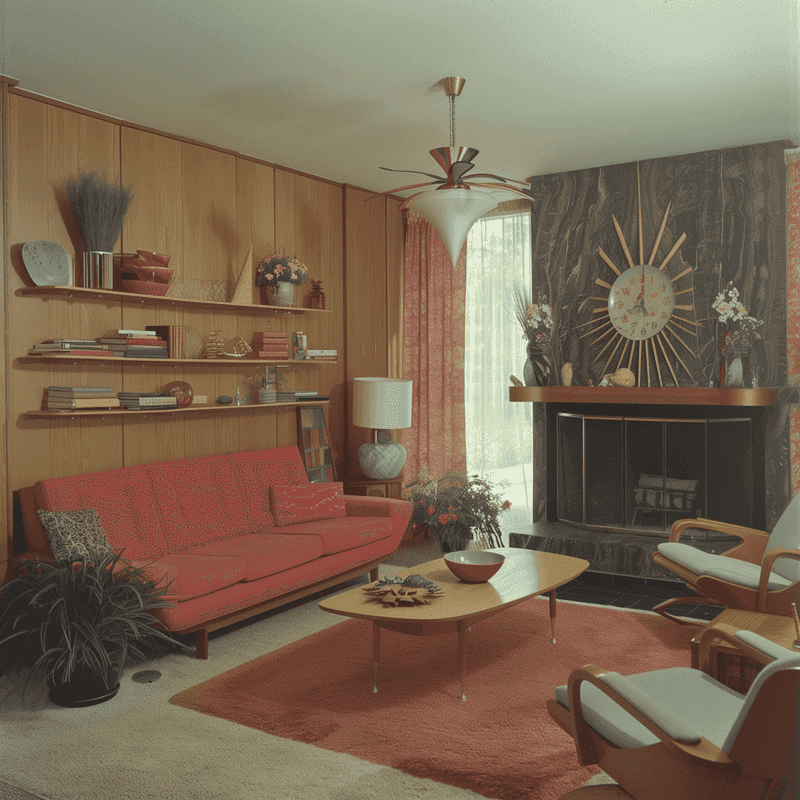
The 1950s saw the rise of mid-century modern design, characterized by clean lines and open spaces. Homes often had flat roofs and large windows.
The architecture emphasized bringing the outdoors inside, with sliding glass doors and open floor plans. Interiors focused on simplicity and functionality.
Furniture was minimalist, often crafted from new materials like plastics and laminates. Colors were bold and vibrant, reflecting post-war optimism. This era marked a cultural shift towards informal family lifestyles, with living rooms doubling as social spaces. Homes were stylish yet practical, embodying a new American dream.
5. 1960s: The Age of Innovation
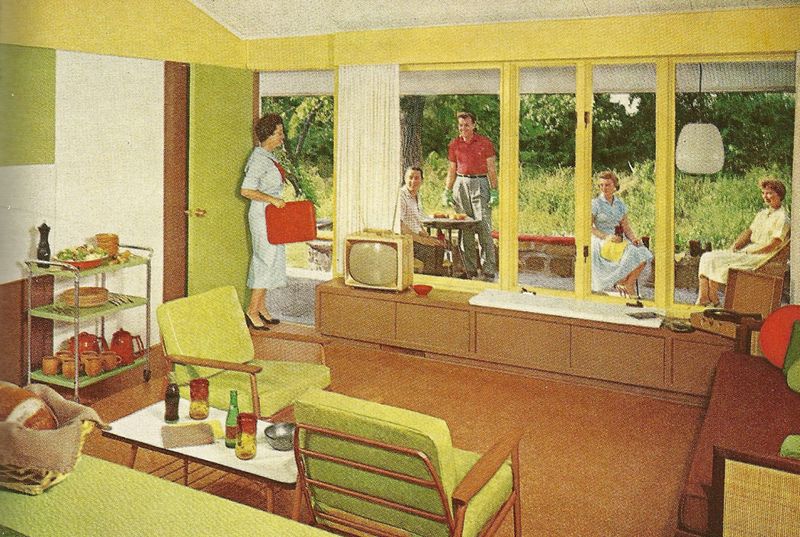
The 1960s were a time of innovation, reflected in the futuristic designs of homes. Architectural styles embraced bold, unconventional shapes.
Interiors were vibrant, with psychedelic colors and patterns. Technological advancements introduced the luxury of air conditioning and modern appliances.
Kitchens became more efficient with built-in ovens and dishwashers. The era encouraged individuality, with homeowners experimenting with unique design elements. Open living spaces continued to gain popularity, fostering a sense of freedom and creativity. The 1960s home was a testament to the era’s spirit of exploration and change, mirroring societal shifts.
6. 1970s: Rustic and Earthy
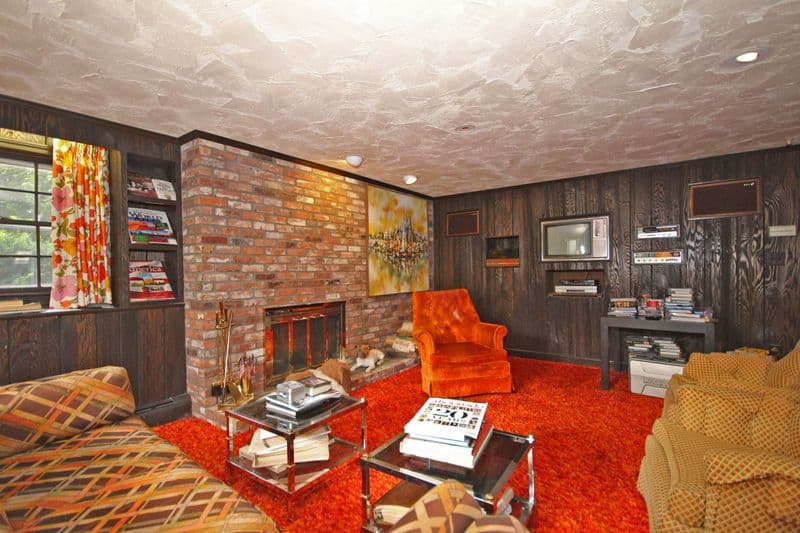
In the 1970s, homes embraced a rustic and earthy aesthetic. Wood paneling and shag carpets were popular choices for interiors.
The era favored open floor plans and sunken living rooms, creating cozy communal spaces. Earth tones dominated color schemes, reflecting a connection to nature.
Homes often featured large, energy-efficient windows. This decade also saw the rise of environmentally conscious designs, with solar panels making their debut. The 1970s home was a blend of comfort and conservation, offering a warm, inviting atmosphere while being mindful of environmental impact.
7. 1980s: Bold and Glamorous
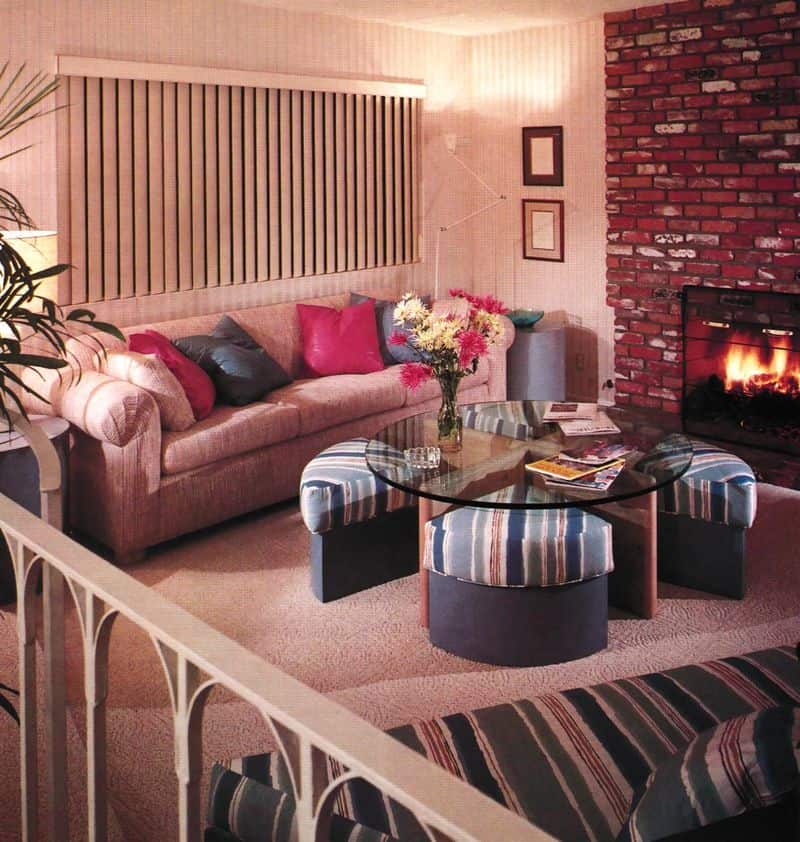
The 1980s ushered in an era of bold, glamorous homes. Interiors featured large rooms with high ceilings and grand entrances.
Color schemes were daring, with contrasting hues and patterns. Luxury was key, with extravagant decor and high-end materials like marble and brass.
Technology played a significant role, with homes often equipped with state-of-the-art entertainment systems. The open concept continued to thrive, with kitchens merging into living areas.
This period reflected economic prosperity and a desire for opulence. The 1980s home was all about making a statement, combining style and sophistication.
8. 1990s: The Rise of Suburbia
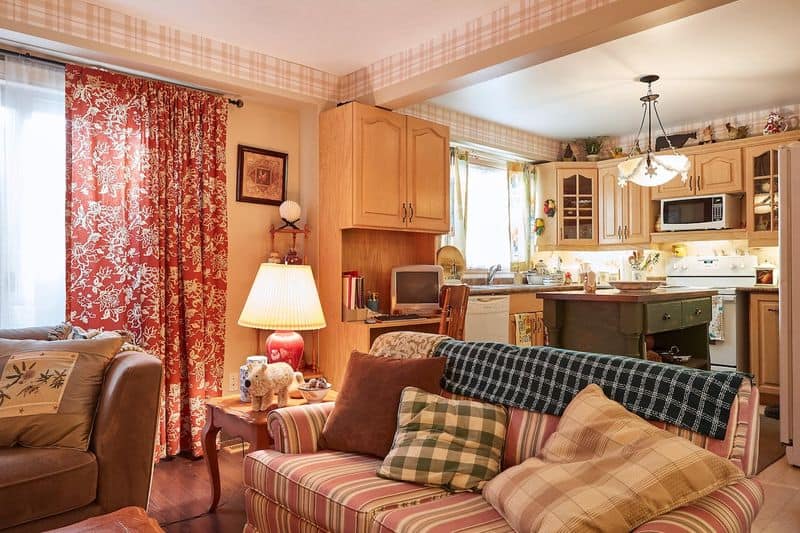
The 1990s saw the expansion of suburban living, with homes that prioritized family comfort and convenience. Two-story designs with attached garages became standard.
Interiors were spacious, with multiple bedrooms and functional family rooms. The open-concept kitchen became a central hub for family interactions.
Neutral colors dominated, offering a versatile canvas for personalization. The rise of the home office began in this era, adapting to changing work environments. The 1990s home embodied suburban ideals, providing a safe and nurturing space for families to thrive, with a focus on practicality and community.

